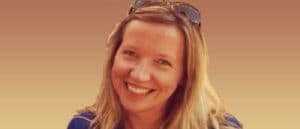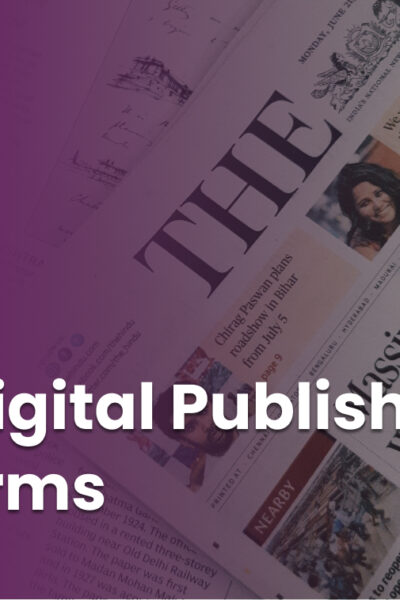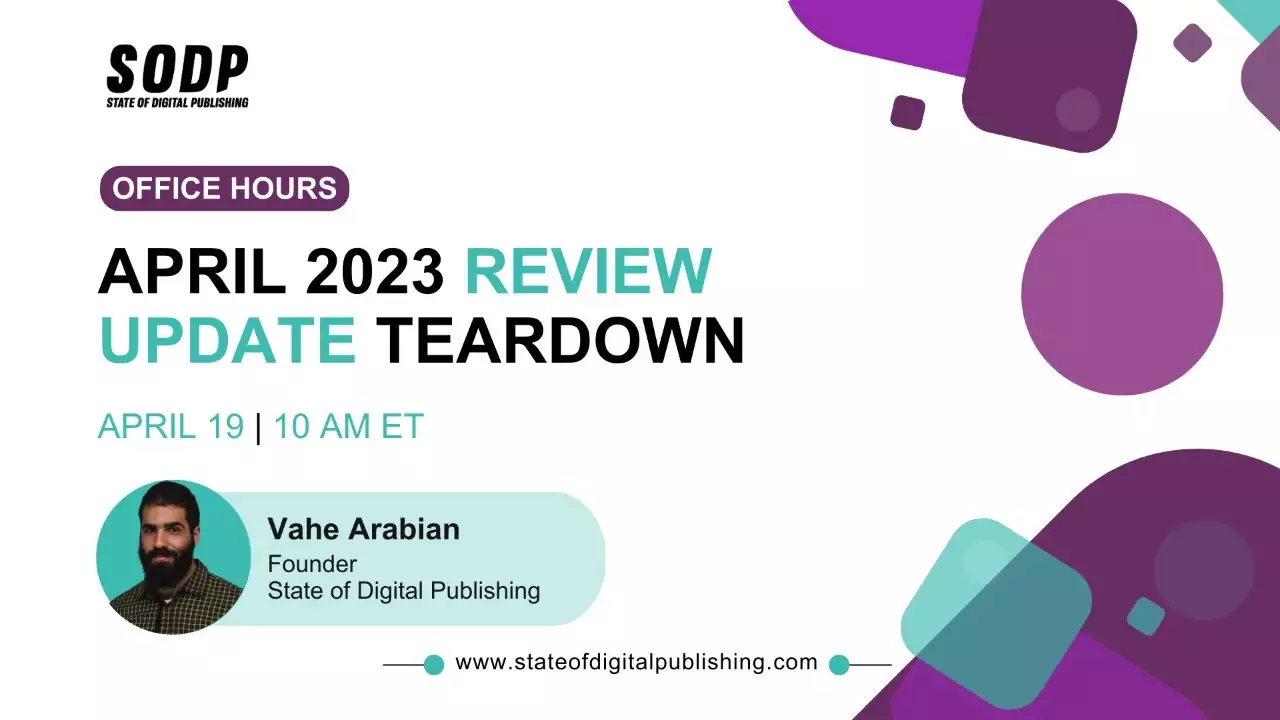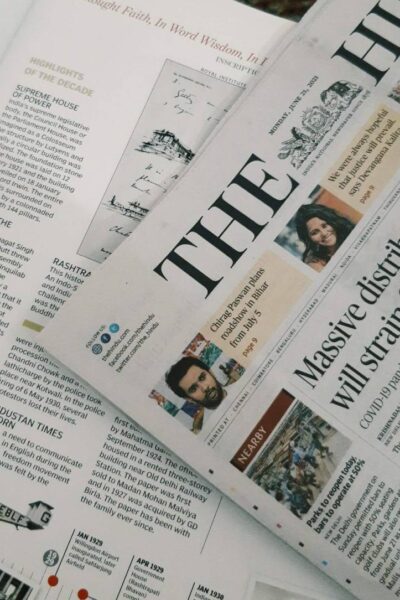Tammy Burns is the Content Marketing Specialist for Urban Adventures, a global tour operator in more than 150 cities. In her role, she works with the brand’s local guides to write, edit and curate stories from around the globe, with a focus on authentic experiences and responsible tourism. Her own travel writing has also appeared in various publications, including The Toronto Star, The Globe and Mail, Taste & Travel Magazine, Travel+Escape and Eat Drink Travel.
What led you to start working in digital/media publishing?
I came to it rather unexpectedly, and to be honest, if you had told me 10 years ago that I’d work in digital media, I would have said you were crazy. I’ve always loved hard copy books, newspapers and magazines, and I studied magazine publishing at Ryerson University. At the time, digital publishing hadn’t taken off to its extent today, and so it wasn’t really on my radar at first as a career. Instead, I worked for a book publisher for several years, but along the way, I saw the shift in media and began to do some freelance writing for various websites. Those assignments eventually led me to work as a copywriter at a digital agency, then a web editor for a magazine and television network, and now as a digital content marketer. It still surprises me that this is the route my career took, but I love it.
What does a typical day look like for you?
I work on a remote team — we’re scattered around the world, all in different time zones — and so the first thing I do is check my email (while I eat breakfast) for anything urgent that might have come through while I was sleeping. I target anything that needs immediate attention and then responds to the things that can be done quickly. After that, I’ll typically go for a run to officially start my day, then come back to my computer and tackle my writing/editing assignments. These could be blog posts, press releases, campaign copy decks — it’s always something different. Writing/editing for eight hours straight is too draining, so I’ll take breaks by either going back to my emails and answering those messages that require more work, or I’ll step away from my computer altogether and run errands, or I’ll check in on social media. I’ll sometimes have a few Skype meetings, too (with the time zones, my meetings can often be at odd hours like 7 am or 10 pm). I also try to devote a few hours every week to reading online travel publications, so I know what’s being covered, as well as for inspiration. My favourites are Roads & Kingdoms, Afar and Maptia.
My most frequent work space right now is my kitchen table, but I also often work from coffee shops or pubs when my apartment starts to feel claustrophobic — as odd as it sounds, I find public spaces with a bit of buzz going on around me to be far more productive when I have to focus and really get something done. I also have a desk at the Intrepid North American office (Urban Adventures is owned by Intrepid Travel), so when I’m in Toronto, I’ll go in there once or twice a week for a change of scenery and some socializing. I recently returned from a stint in Chiang Mai, Thailand, for several months and while I was there, I rented a desk at a co-working space. It was excellent for helping me to establish work/life balance and for meeting other remote workers in the community.
What’s your work setup look like?
This is going to sound silly coming from a digital content creator, but I keep a handwritten calendar and notebook with my to-do list besides my laptop all day long. There’s just something so satisfying about physically crossing things off a list. And I find that my brain retains information better when I write it down.
Beyond that, everything is digital: Gmail for email, WordPress for publishing, Asana for large group projects, Trello for task tracking, Dropbox for file storage, Google Docs for shared spreadsheets, Skype for meetings, and Facebook groups and Yammer for sharing internal messages or posting questions to the entire team.
What do you do or go to get inspired?
Well, since I work in the travel industry, no big surprise that my biggest inspiration comes from travel! This isn’t even me putting my marketing hat on — I genuinely believe nothing opens your mind and your creativity like travelling can. I always feel incredibly inspired when I’m in a new place, dealing with unfamiliar situations, foreign languages and different cultures.
My other way to get inspired is just by surrounding myself with creative and motivated people. I have some seriously talented friends in my social circle, and making time to see them — whether it’s just to gossip over beers or to brainstorm passion projects — always leaves me feeling inspired to tackle my to-do list.
Running as well. When I don’t run, I get antsy and being antsy is an inspiration killer.
What’s your favorite piece of writing or quote?
I think anyone who wants to write should read Stephen King’s book On Writing. While it does focus on his career path as a fiction writer, there are tons of gems in there for just being a writer in general.
What is the passionate problem you are tackling at the moment?
I want to bring back good writing and good storytelling. There’s a lot of lazy writing on the internet, especially in travel — which is ironic because travel has the most potential for stories of interesting people and cultures! I want to prove that, in the long run, readers will always value well-told stories over listicles and uninspired sponsored blog posts. In content marketing, it’s easy to go after the easy wins with clickbait lists, but I think it’s short-sighted if that’s your only tool. Narratives will have a slower build when it comes to traffic targets, but I believe they have a stronger, longer lasting impact. Storytelling has been around since our ancestors’ time for a reason: it appeals to our basic human nature.
Is there a product, solution or tool that makes you think it is a good design for your digital publishing efforts?
I’m a big fan of Trello for managing to-dos that are spread across a team (especially a remote team like mine). It’s the easiest way to track assignments when they have to pass through different hands.
Content from our partners
Shorthand is excellent for content projects, like long-form feature stories or small collections — I’ve used it for publishing several content packages. It’s admittedly limited in some aspects of its functionality, but it’s easy to use, they have great customer service, and the finished product looks gorgeous.
Any advice for ambitious digital publishing and media professionals just starting out?
Don’t fear change, and accept that you can’t know it all. This industry changes so quickly, and keeping on top of it can make your head spin. Being open to learning new things, to changing how you work, and to acknowledging when you don’t know the answer is what will keep you sane — and employed. I know a lot of writers and editors who became stuck in their careers because they refused to step away from traditional publishing models. Don’t get me wrong, I absolutely love print and have dreams it’ll return to its glory days, but I also know I can’t pin my career to just one style of publishing. When I was laid off from my last job as a web editor, I made the decision to switch from travel journalism to content marketing for a travel brand, as it struck me as a natural and practical move. Not everyone would agree, and that’s okay. Just be willing to consider alternative paths in a landscape that’s nothing like it was just 5 or 10 years ago.












